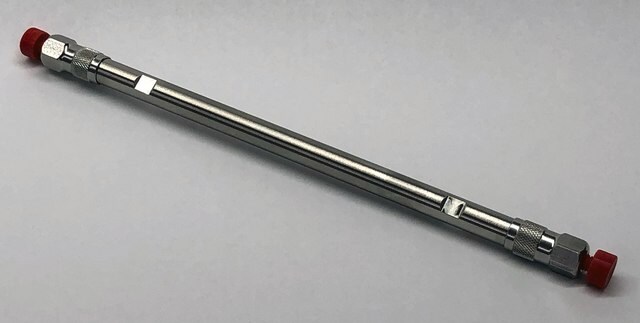SML1153
Clostridium difficile Toxin B
≥95% (SDS-PAGE)
About This Item
Empfohlene Produkte
Suchen Sie nach ähnlichen Produkten? Aufrufen Leitfaden zum Produktvergleich
Allgemeine Beschreibung
Biochem./physiol. Wirkung
Clostridium difficile is a bacteria that causes antibiotic-associated pseudomembranous colitis. This bacterium produces two high molecular weight exotoxins, toxin A and B. Toxin B is more effective than toxin A in disrupting human colonic epithelium in vitro.
Leistungsmerkmale und Vorteile
Rekonstituierung
Contents of the 2 μg SKU when reconstituted in 100 μL sterile distilled water will contain Toxin B at a concentration of approximately 0.02 mg/mL in 0.05 M Hepes, 0.15 M sodium chloride and 5% sucrose.
Sonstige Hinweise
Mixing: Swirl or pipette gently to mix. Vortexing may promote aggregation.
Signalwort
Danger
H-Sätze
Gefahreneinstufungen
Acute Tox. 3 Oral - Acute Tox. 4 Dermal - Acute Tox. 4 Inhalation
Lagerklassenschlüssel
6.1A - Combustible, acute toxic Cat. 1 and 2 / very toxic hazardous materials
WGK
WGK 2
Analysenzertifikate (COA)
Suchen Sie nach Analysenzertifikate (COA), indem Sie die Lot-/Chargennummer des Produkts eingeben. Lot- und Chargennummern sind auf dem Produktetikett hinter den Wörtern ‘Lot’ oder ‘Batch’ (Lot oder Charge) zu finden.
Besitzen Sie dieses Produkt bereits?
In der Dokumentenbibliothek finden Sie die Dokumentation zu den Produkten, die Sie kürzlich erworben haben.
Unser Team von Wissenschaftlern verfügt über Erfahrung in allen Forschungsbereichen einschließlich Life Science, Materialwissenschaften, chemischer Synthese, Chromatographie, Analytik und vielen mehr..
Setzen Sie sich mit dem technischen Dienst in Verbindung.





